Europe's migrant crisis: Different routes to a new life

The European Union has recently approved 2.4 billion euros (S$3.75 billion) to help member states cope with the surge in numbers of migrants trying to reach Britain, Germany and Scandinavian countries.
More than 220,000 migrants fleeing poverty and violence in Africa and Middle East have arrived in Europe via the Mediterranean sea route since the start of the year. Others are using the land route via the Serbia-Hungarian border to enter the European Union.
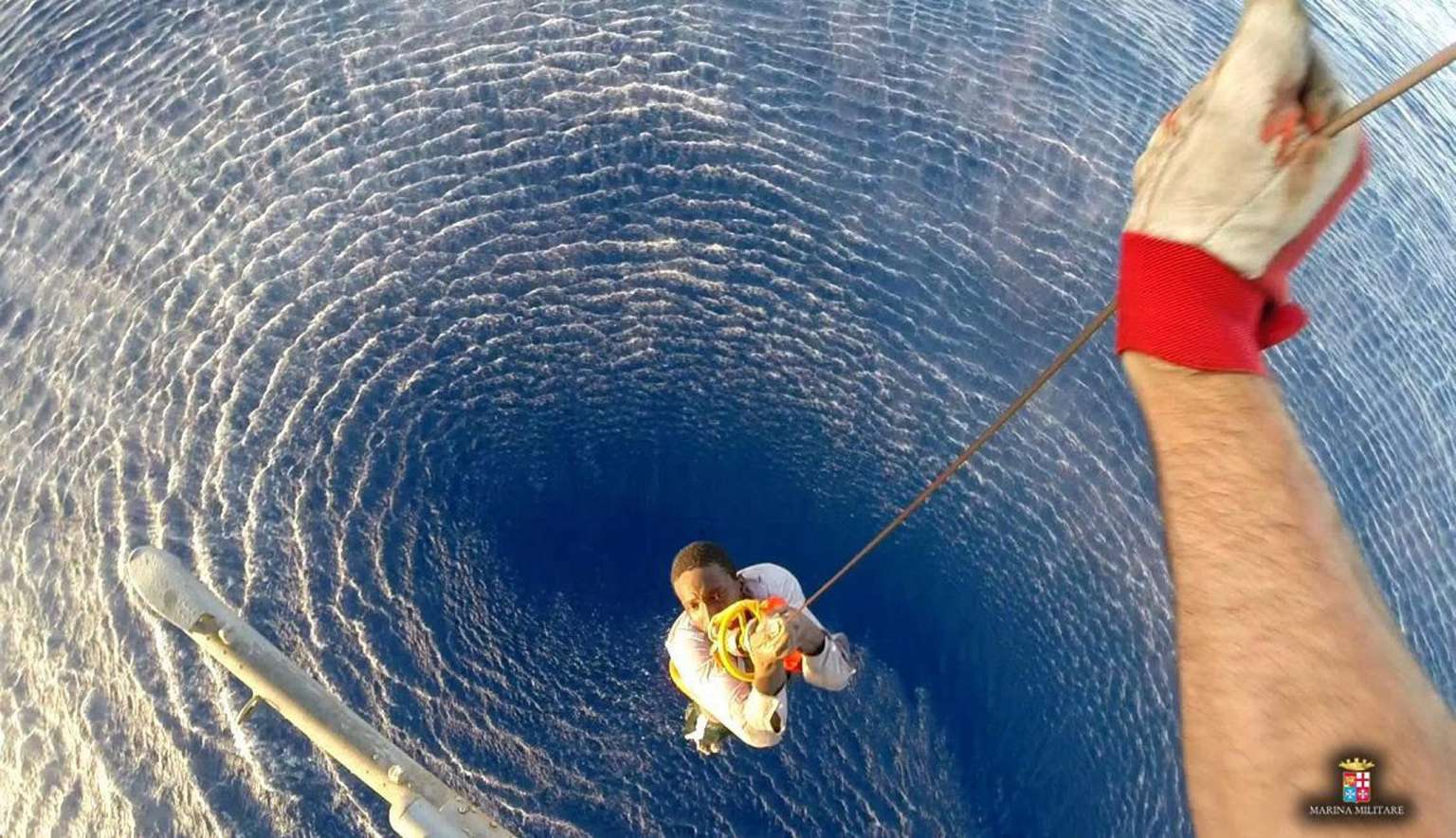
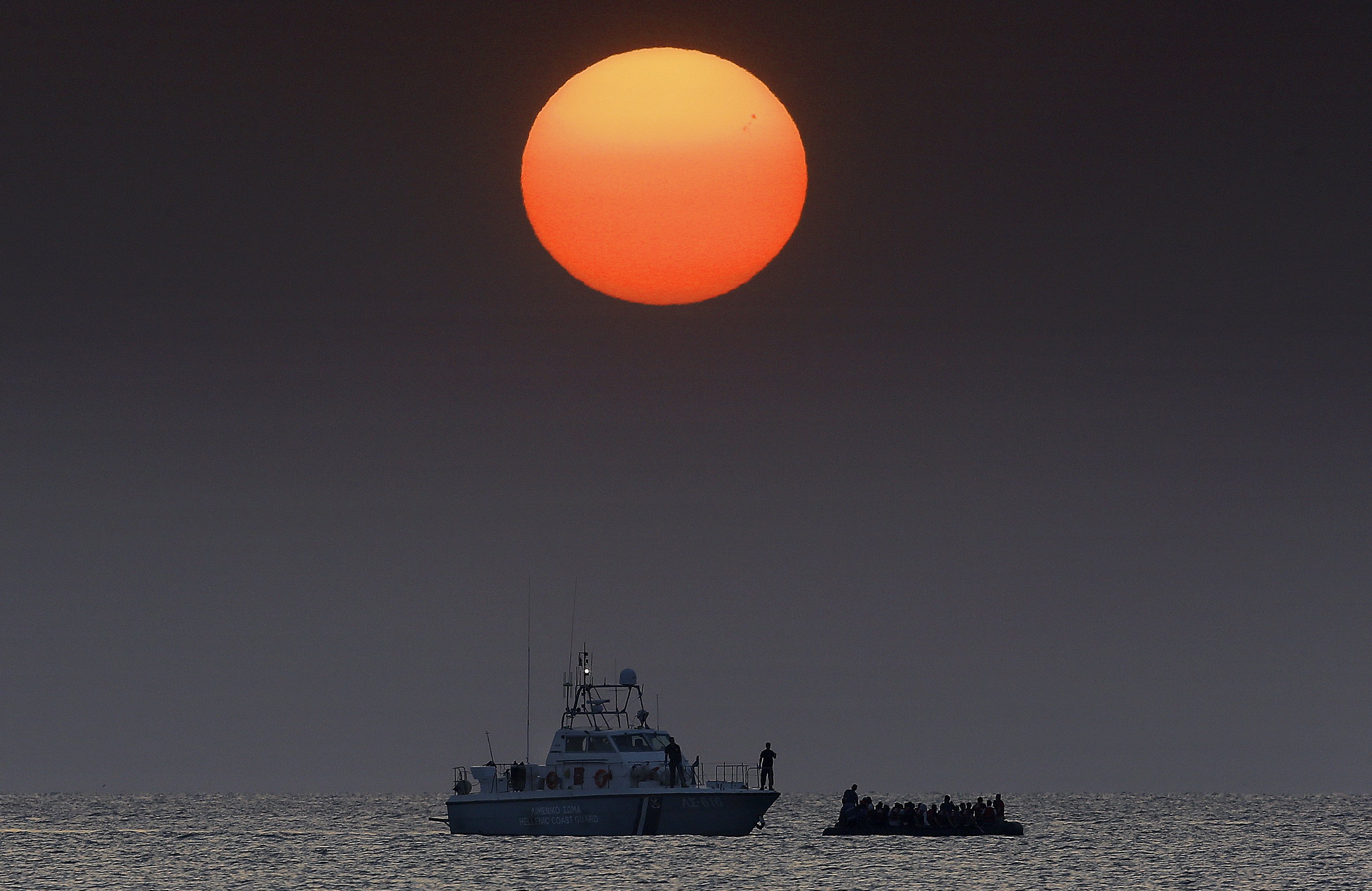
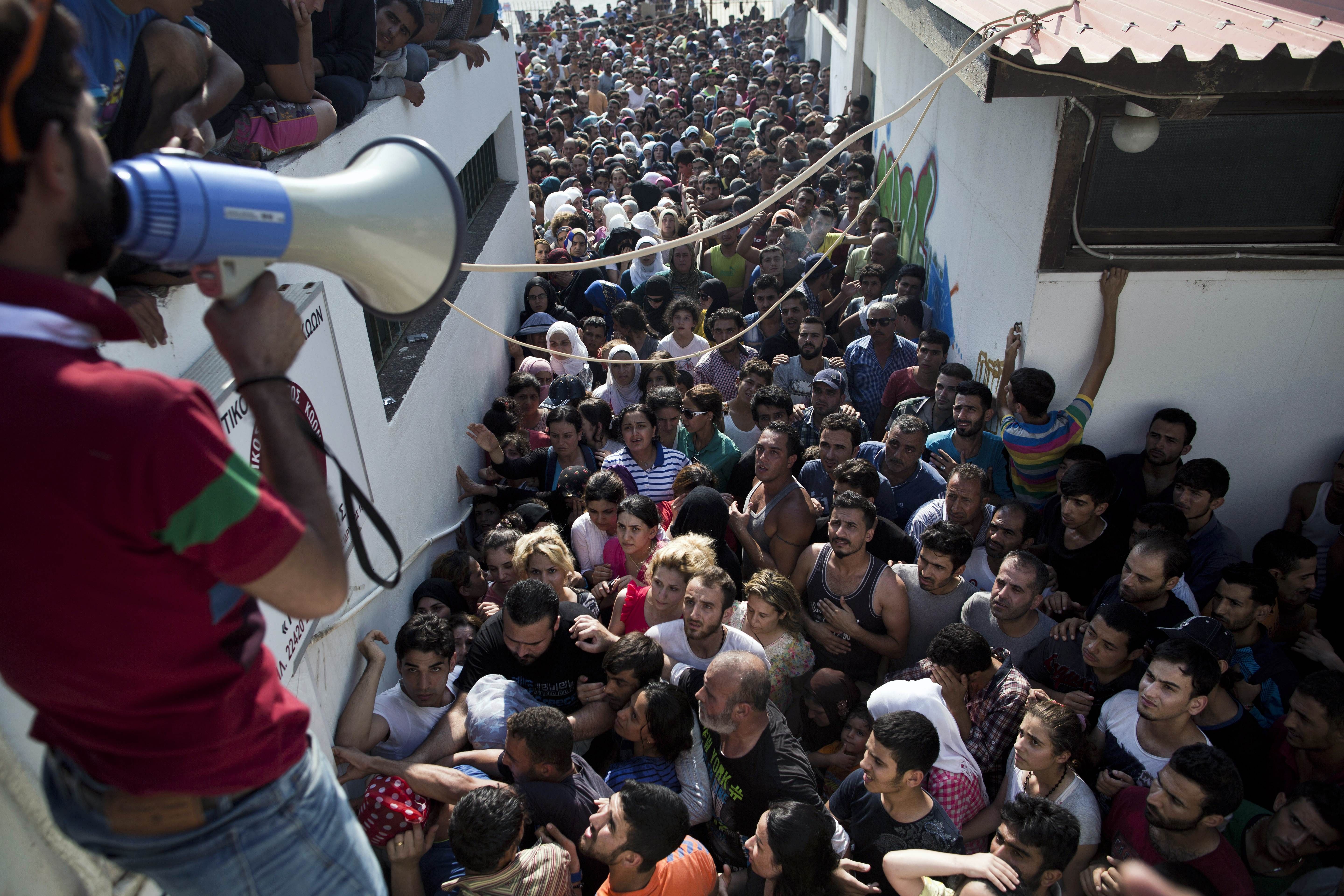
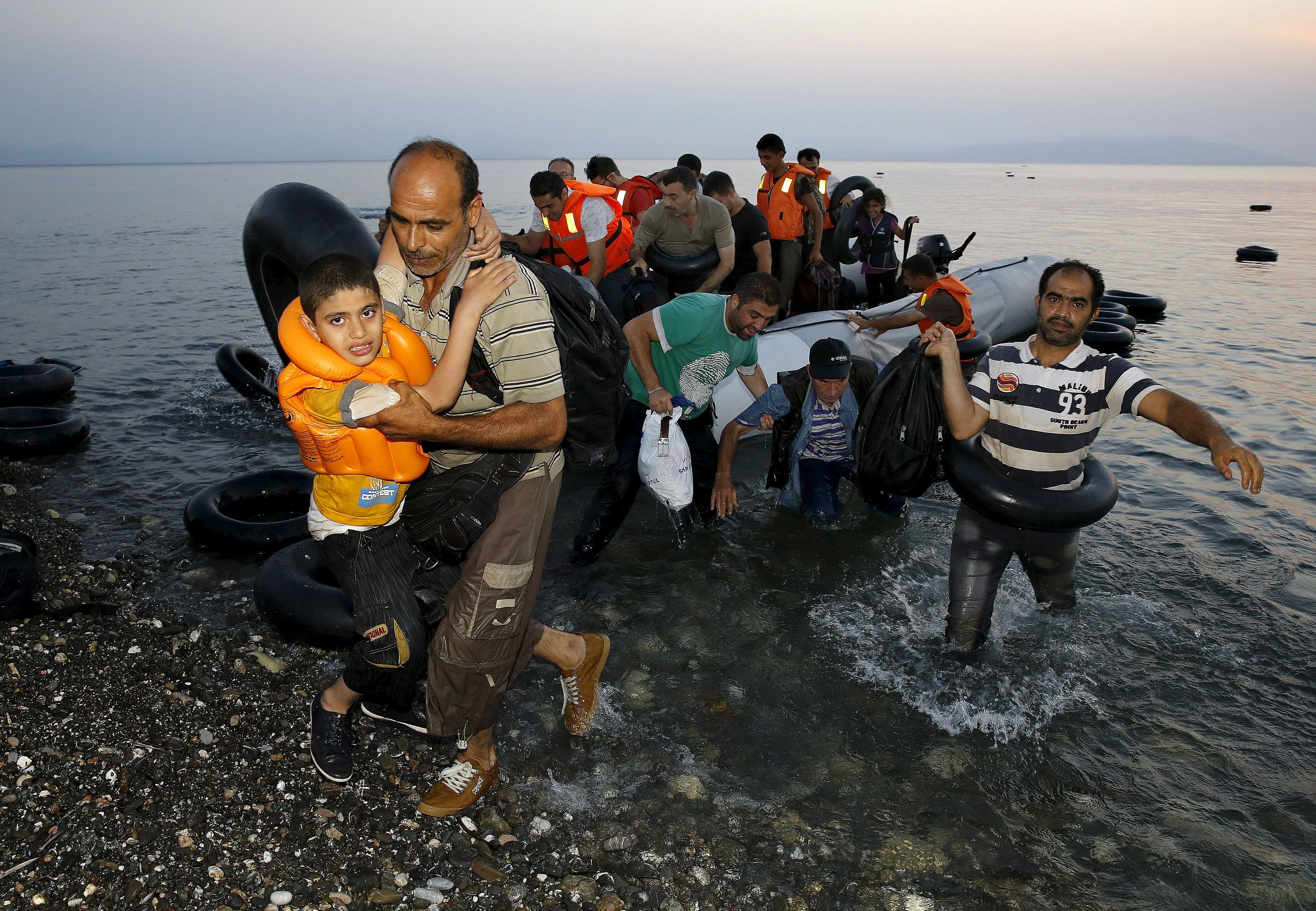
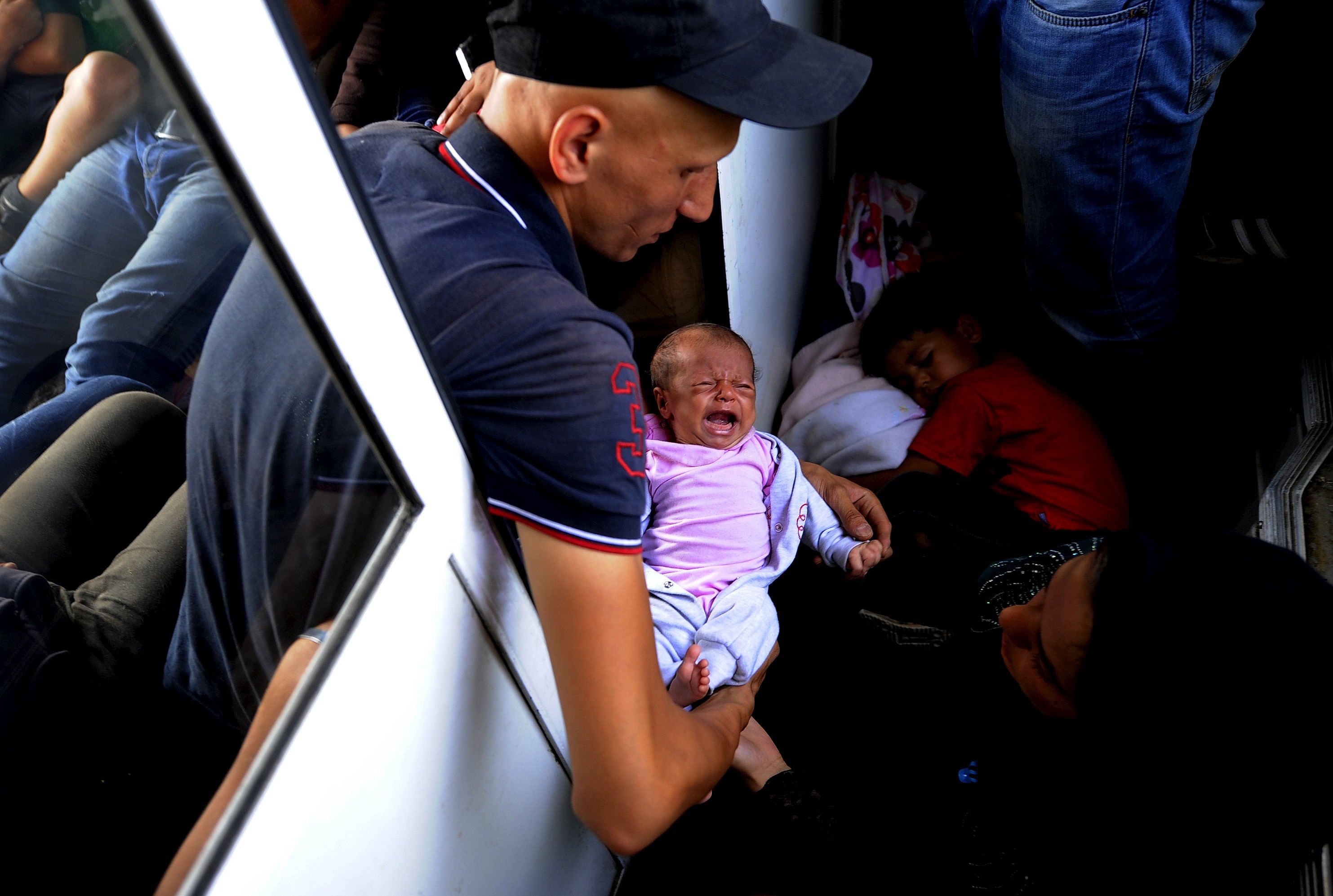
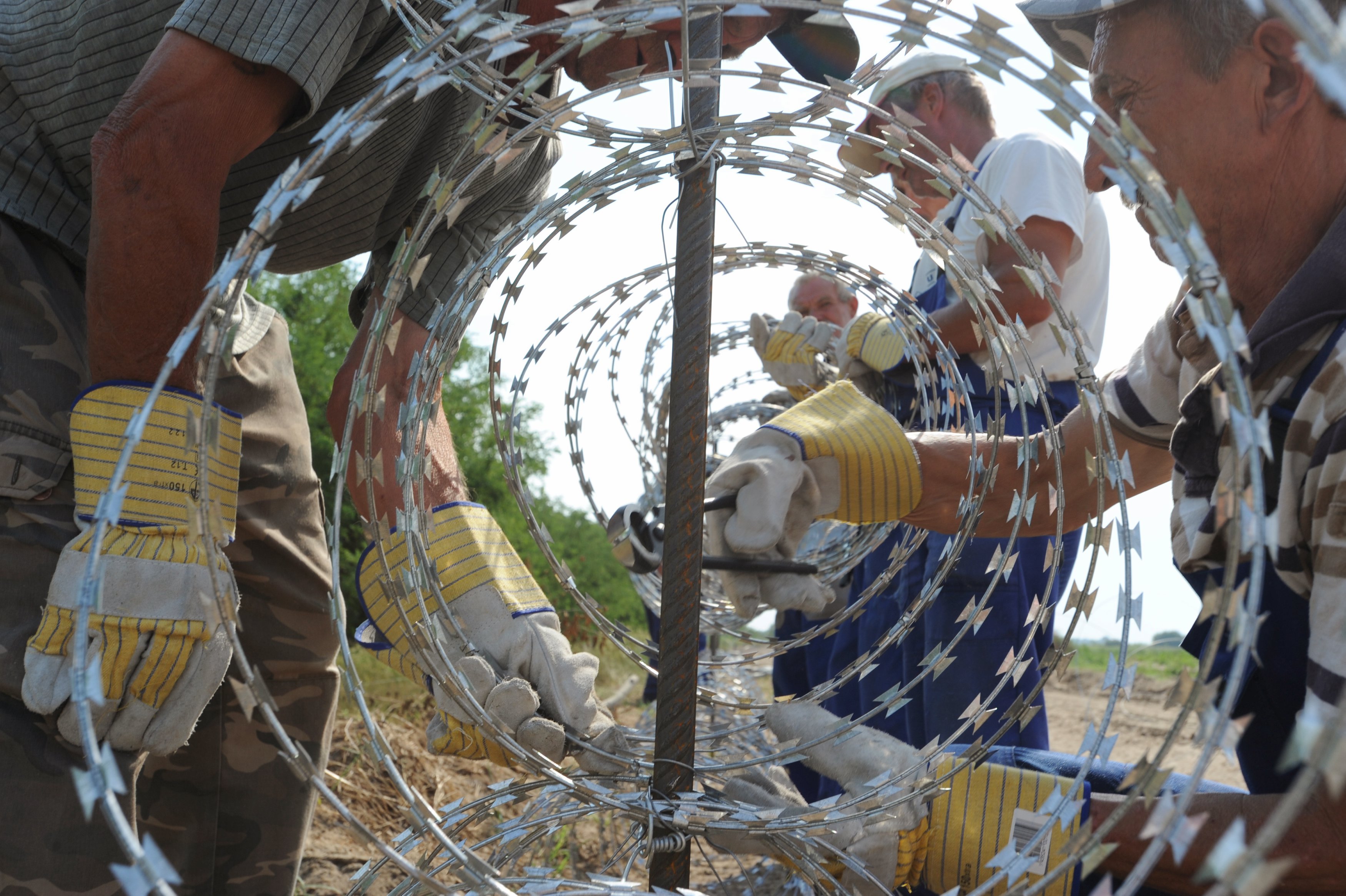
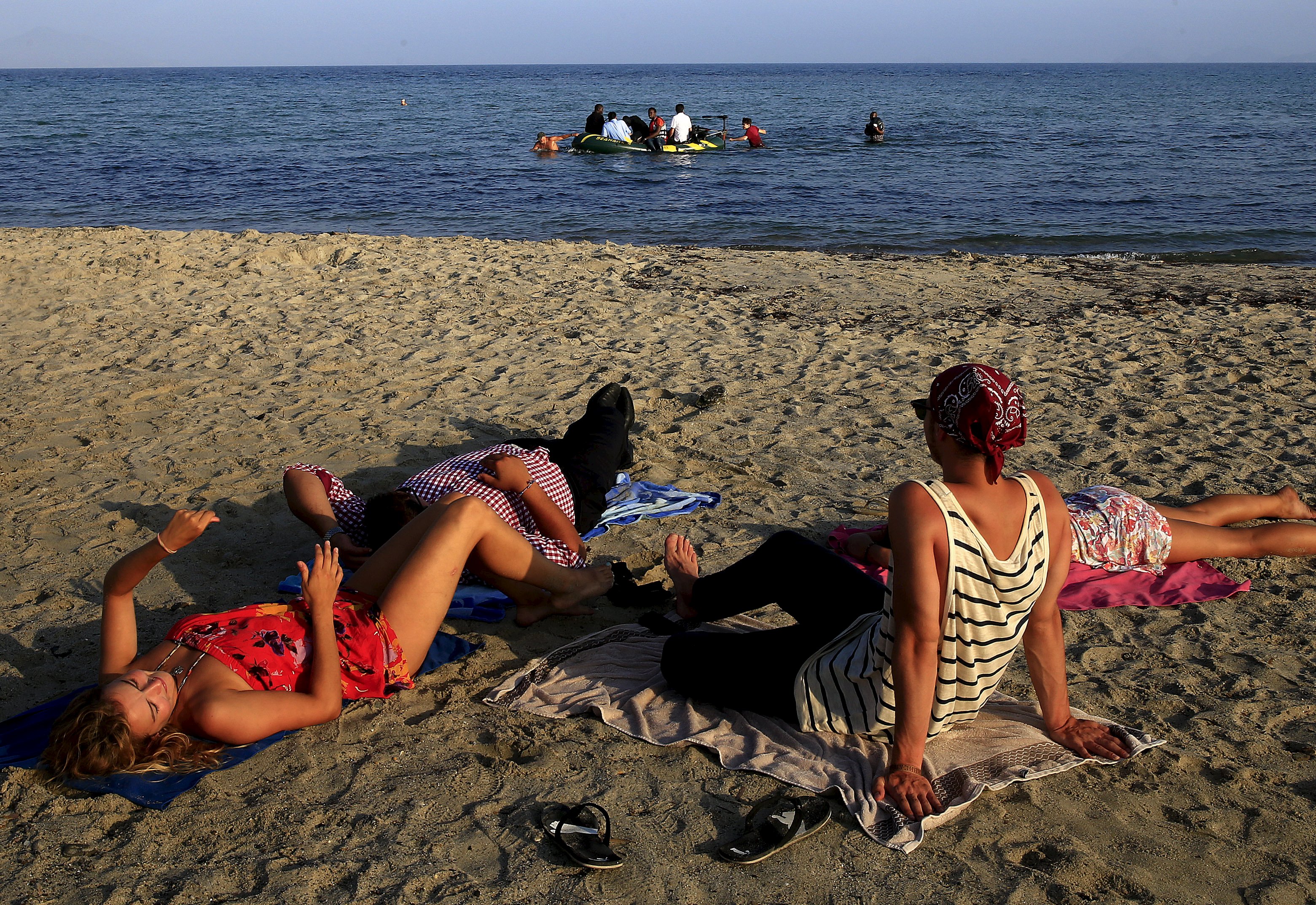
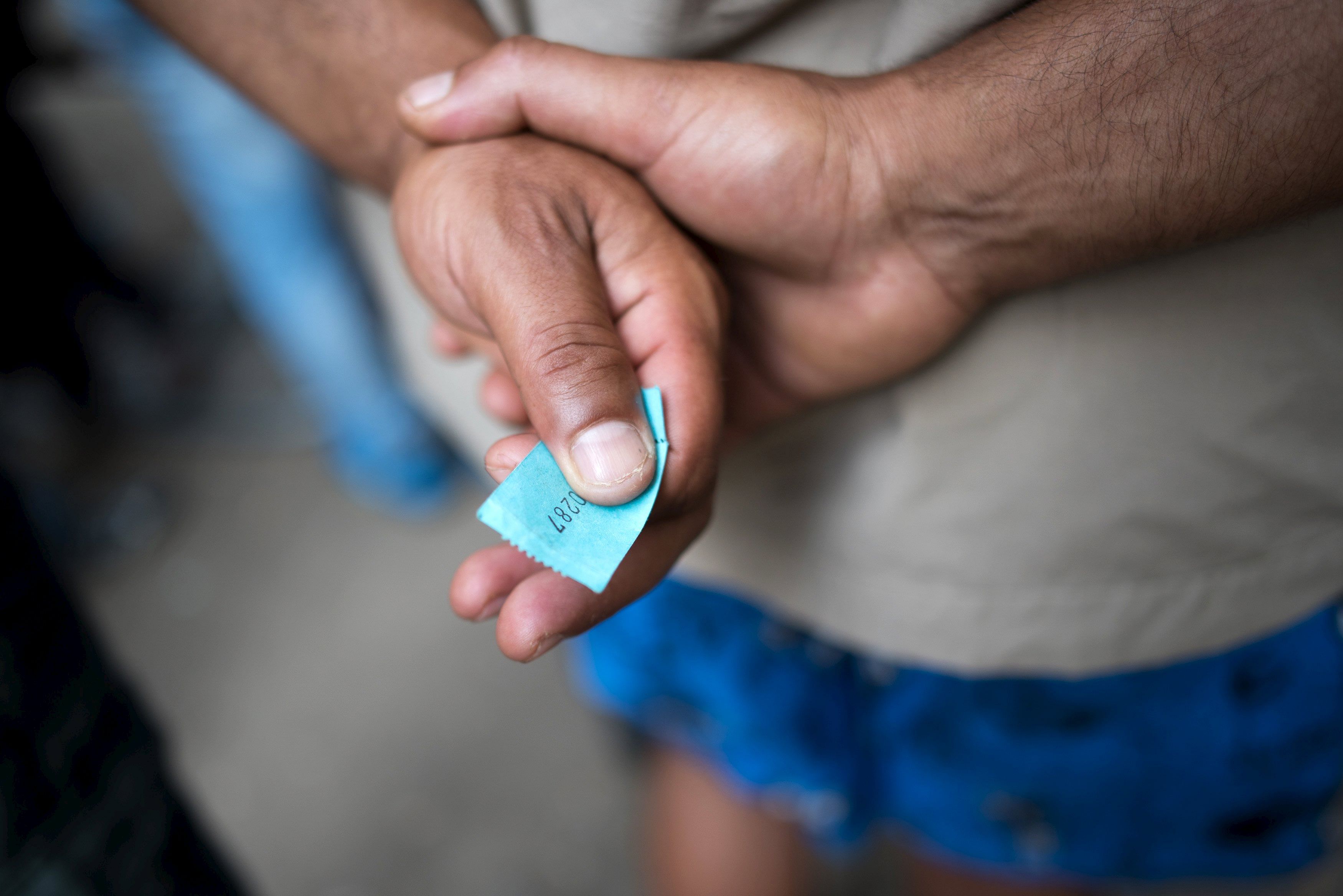
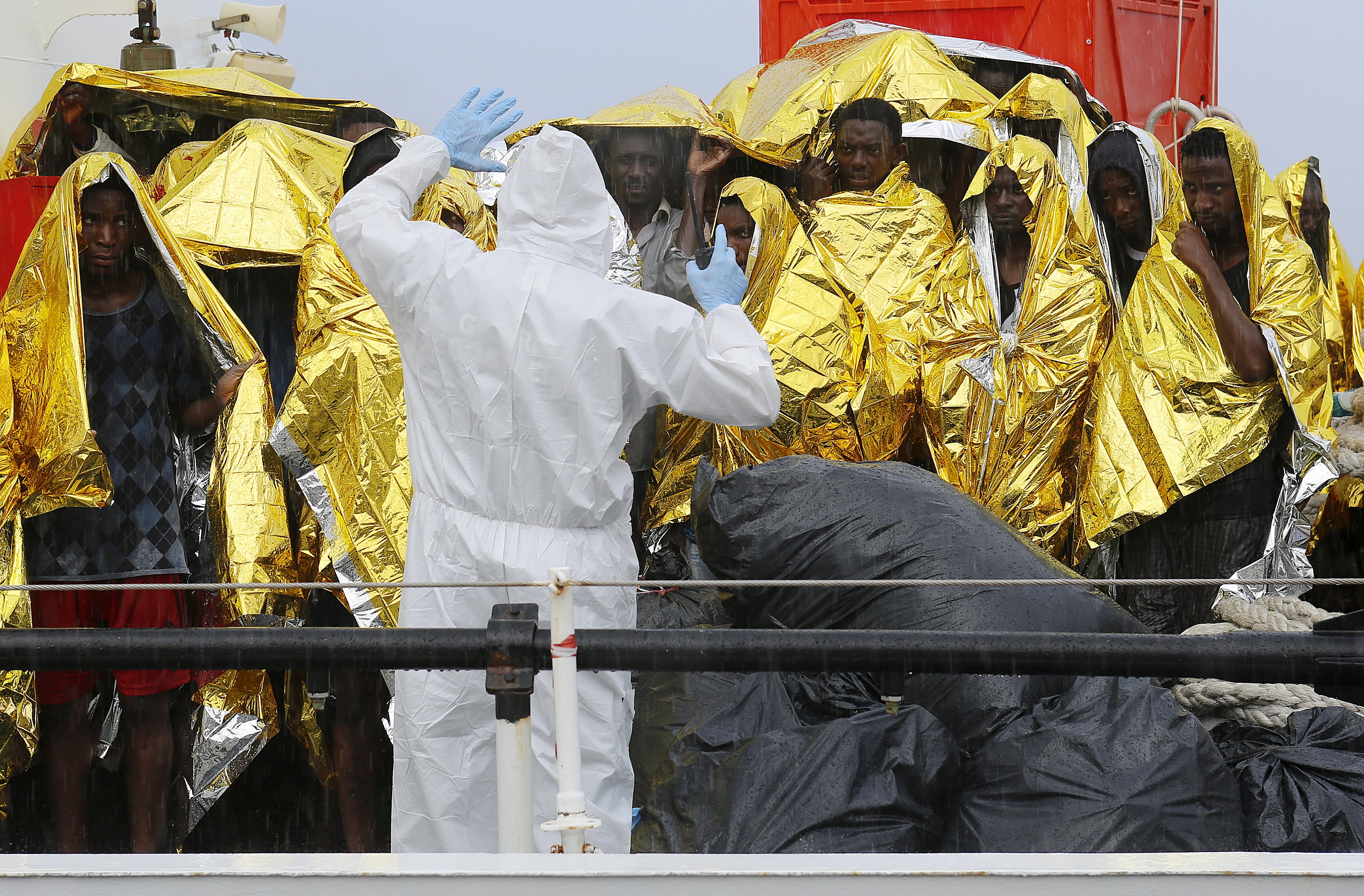
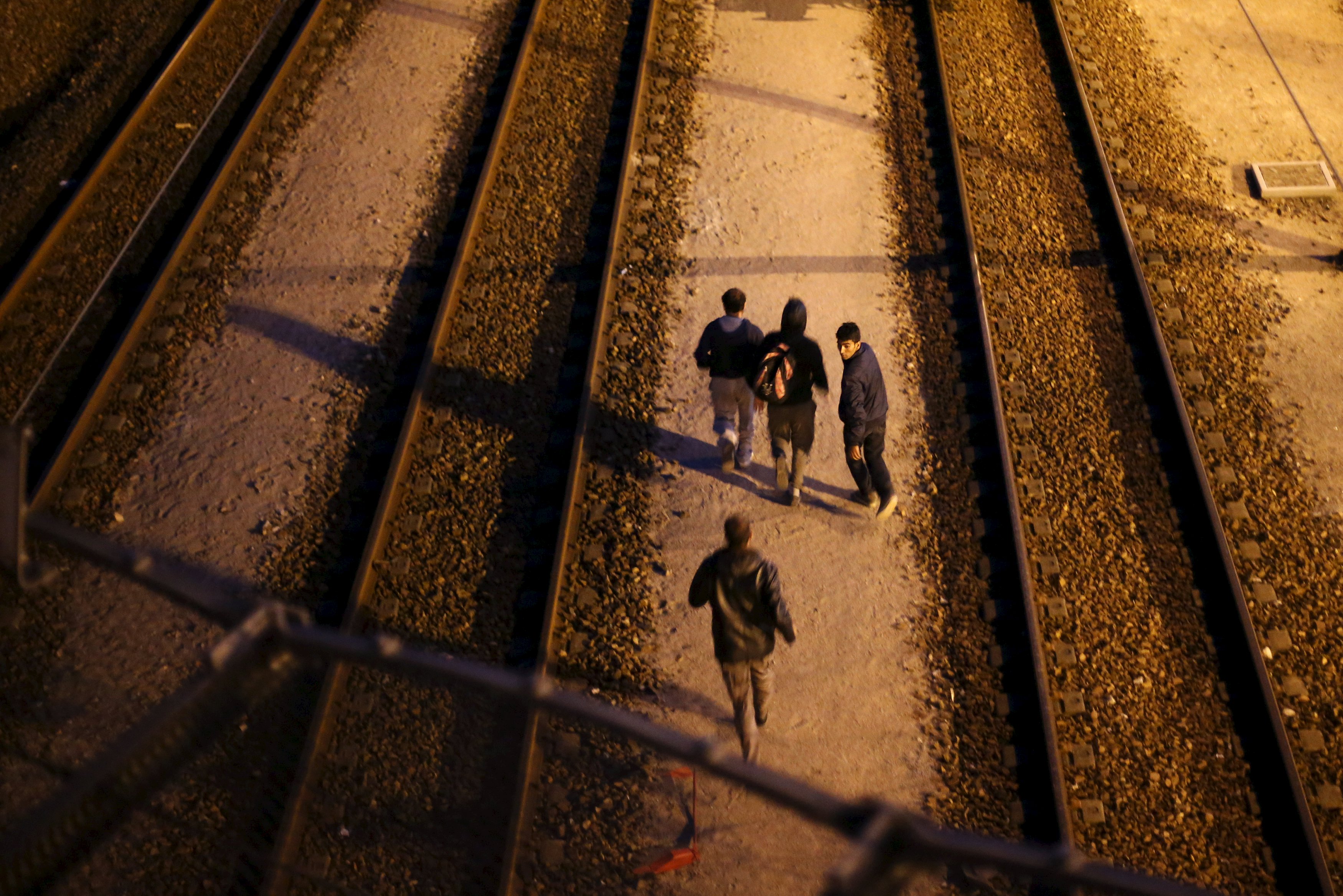
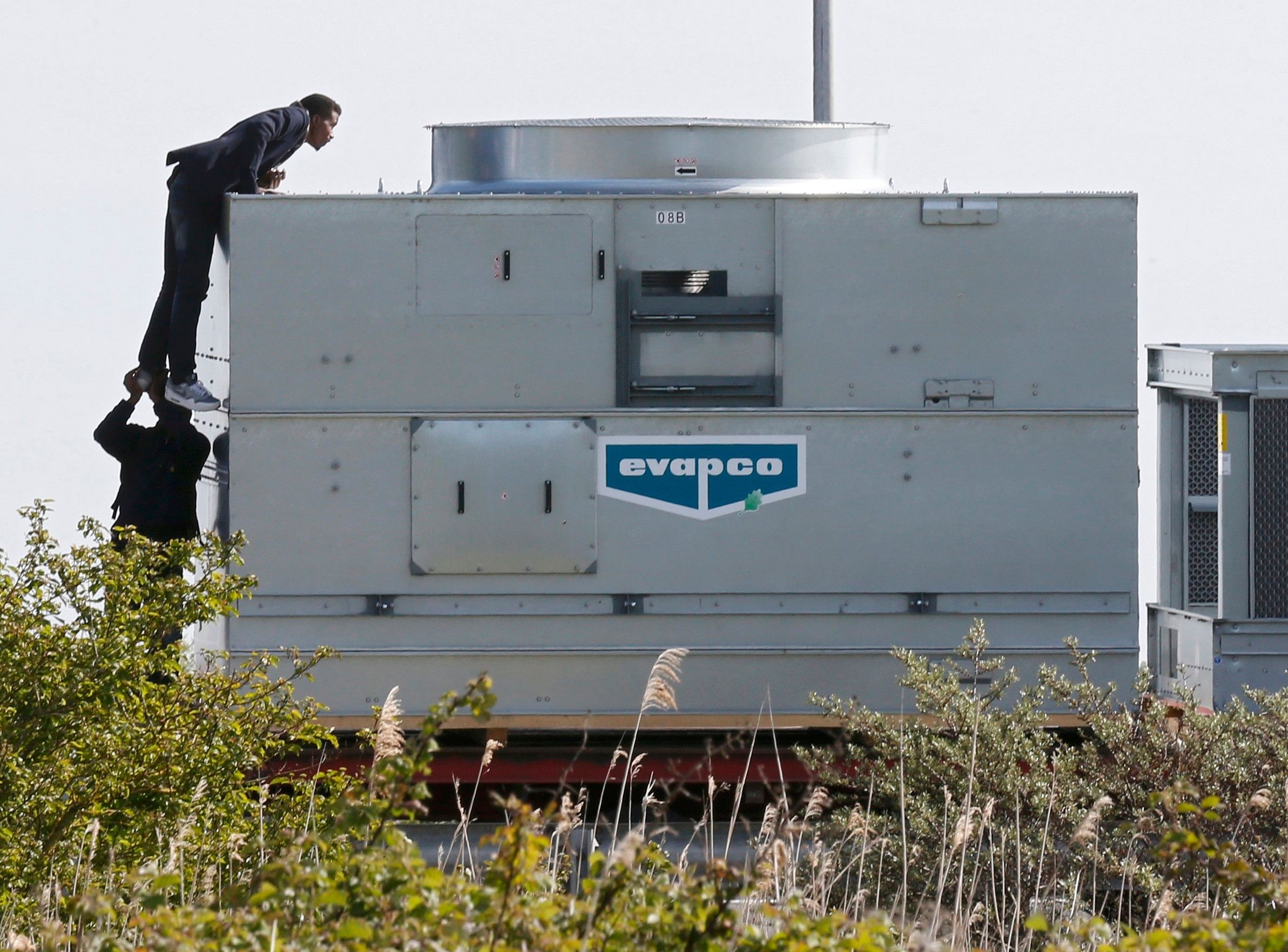
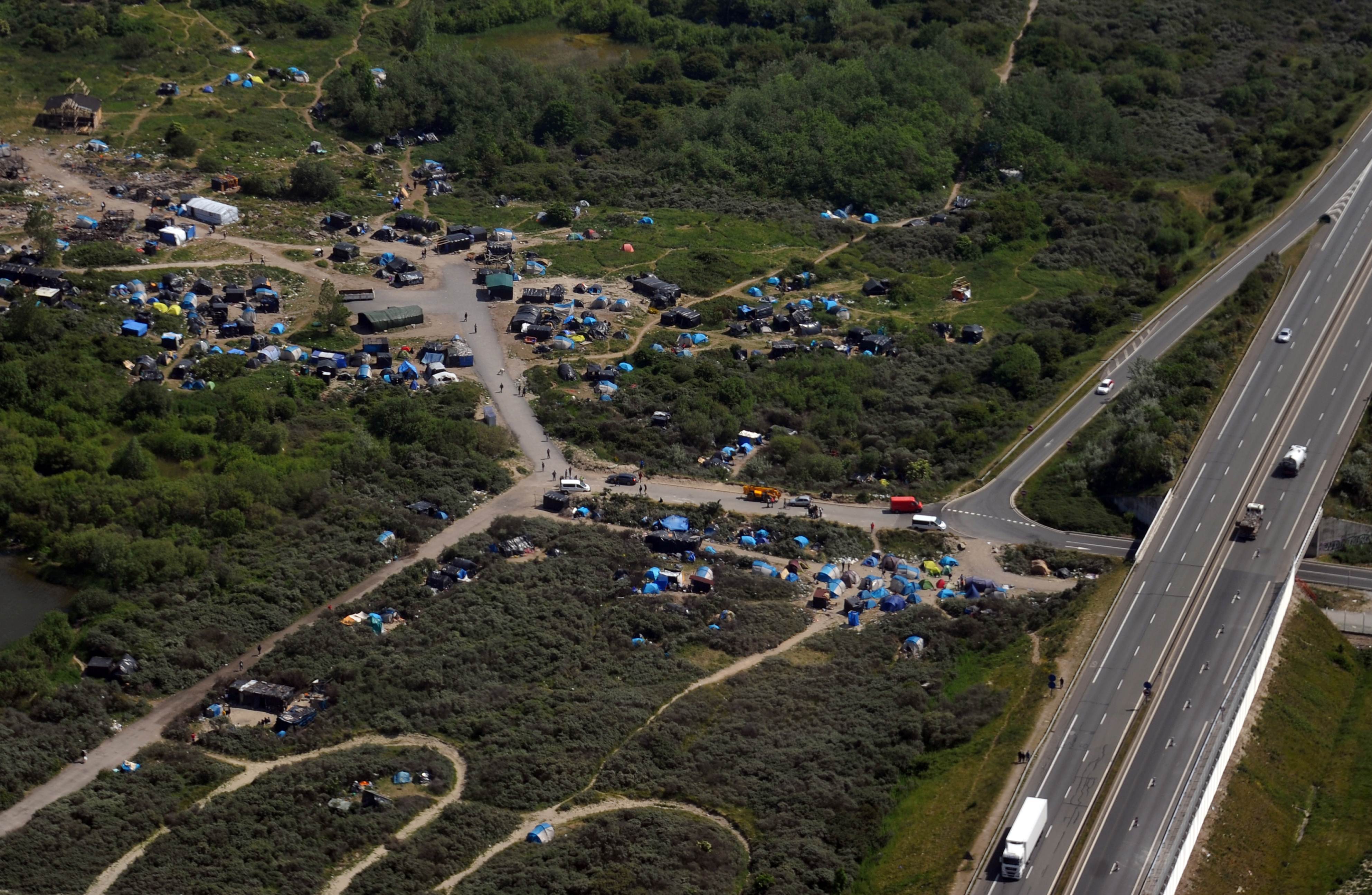
Join ST's Telegram channel and get the latest breaking news delivered to you.
